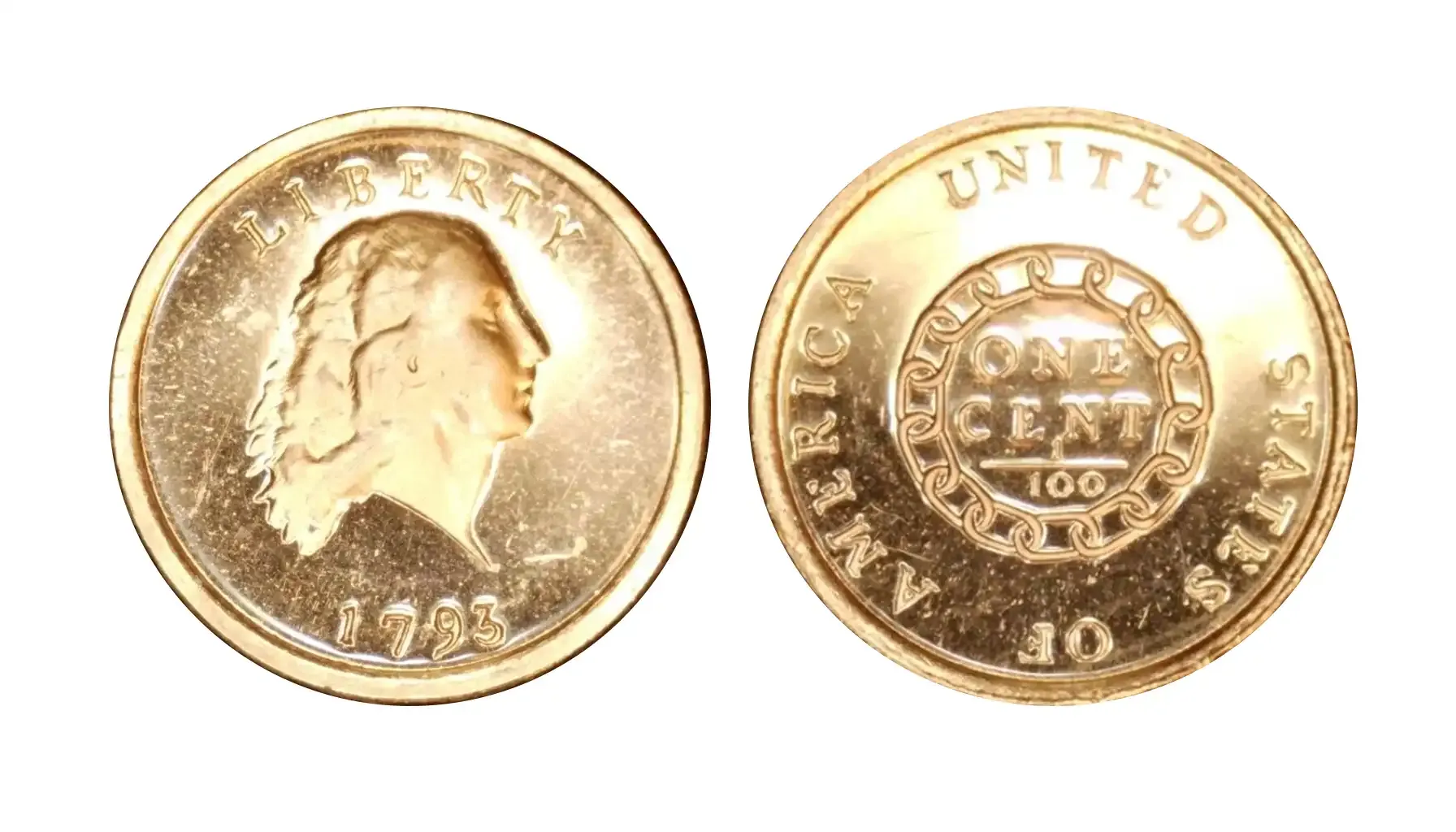Contents:
The XX century is known as one of the most bizarre, perplexing, and terrifying periods in human history, as it witnessed numerous wars, economic crises, and political instabilities. In 1942, the US managed to release a new iteration of a half dollar that served as a silent emblem of unity and resilience and reflected the atmosphere of those times.
Nowadays, the 1942 Walking Liberty silver dollar is a well-favored resident of any coin collection that may bring its owners to a transformative period in American history and the international arena, too. So, what do these coins look like, how to identify these coins, and what circumstances surrounded this unit of currency as they were born?
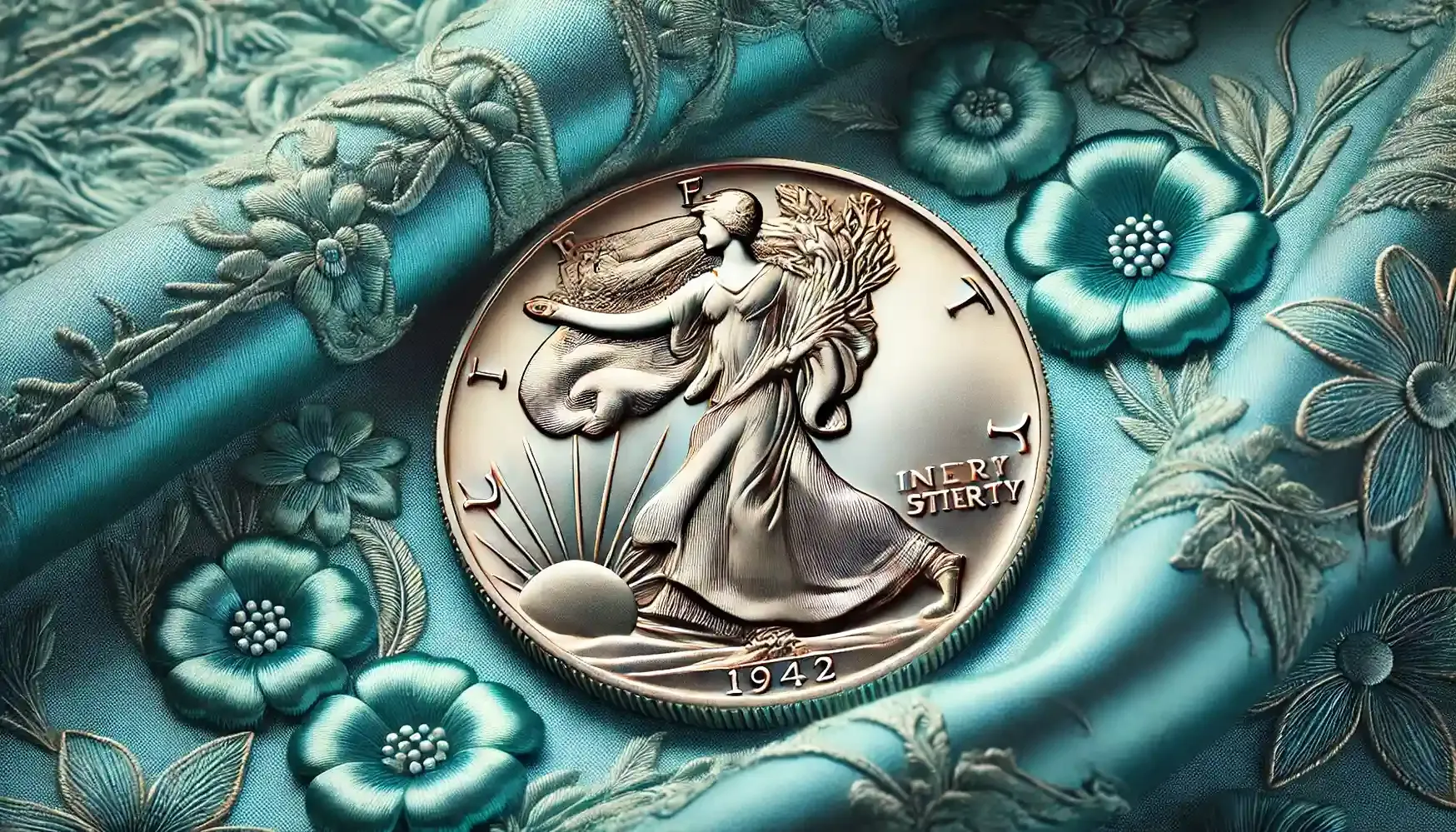
Briefly About the Time the 1942 Half Dollar Coin Was Released
After the attack on Pearl Harbor in December 1941, the United States became actively involved in the worldwide battle with nazism during the pivotal period of World War II. In order to help the military during the war, Americans were urged to buy war bonds, preserve resources, and contribute to industrial production, which ignited the domestic front for wartime manufacturing.
Since the military instantly needed materials like copper, nickel, and other metals, minting procedures had to adapt. The US Mint was conscious of resource conservation and the importance of coinage that should have met economic demands (instances released prior to this date, e.g., a 1913 half dollar, were historically coined in 90% silver and 10% copper).
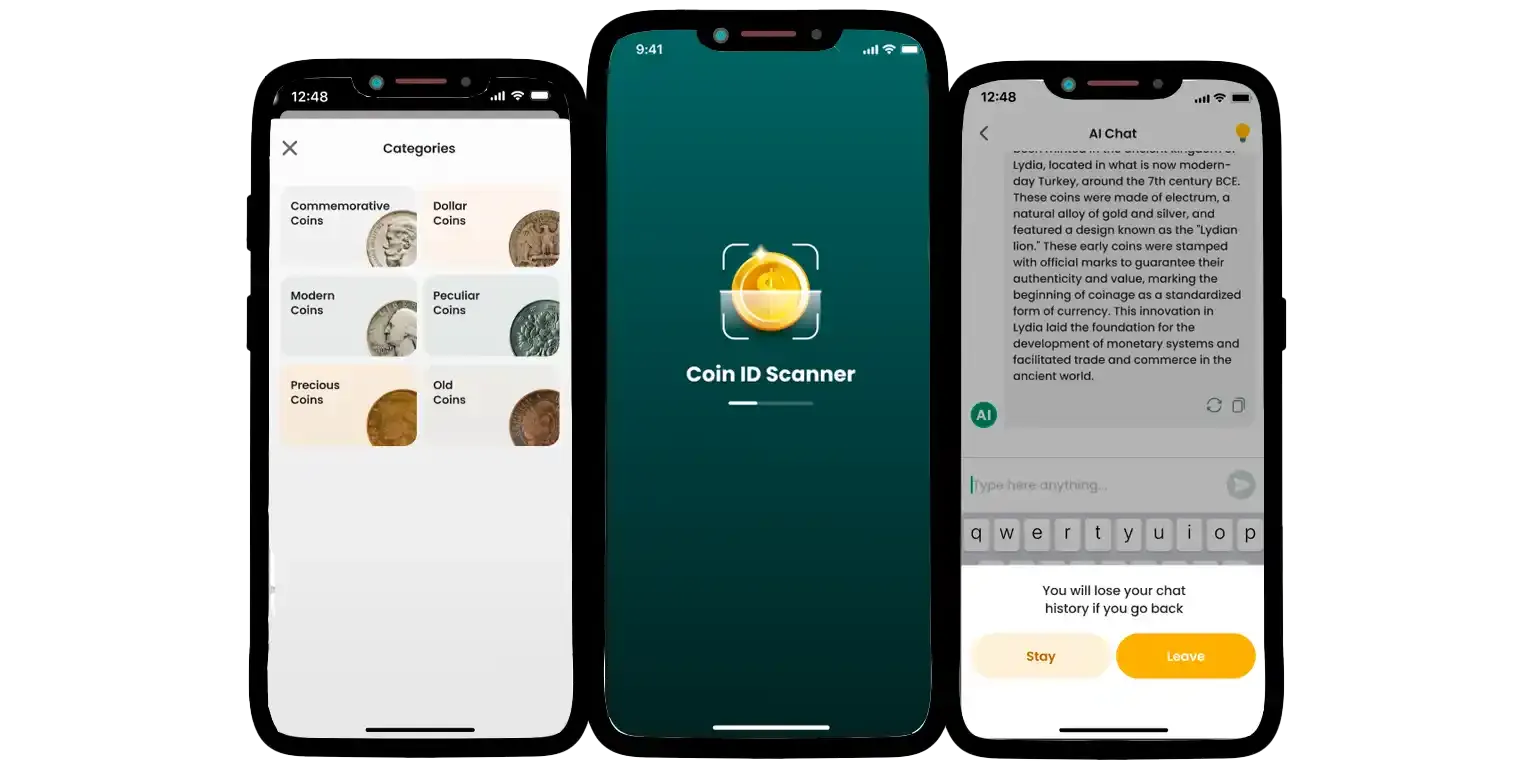
Wartime Coinage Policies
The challenges and serious problems always take over the normal order of things, and wartime inevitably dictates its own rules, too. Therefore, during such a devastating time, the US Mint was forced to adapt to the needs of a war-torn nation. Copper and nickel, two essential elements typically found in currency, were urgently needed to produce military equipment, such as vehicles, communication systems, and ammunition, which prompted the Mint to think of other coin composition options.
Since the volumes of copper were limited, there were implemented the experimental compositions in lower denominations (even though silver was still utilized). In particular, the Mint switched to deploying zinc-coated steel for the penny in 1943. This was one of the rare occasions in American history when the circulating coins underwent such significant material modifications.
Design and Composition of the 1942 Walking Liberty Half Dollar
The 1942 silver half dollar (or, as it is generally called, "the Walking Liberty half dollar") might be fairly considered one of the most famous and well-known instances of American currency in the world. The coin's obverse was designed by sculptor Adolph A. Weinman, who masterfully depicted Lady Liberty walking toward the sun with an olive branch in her left hand.
The Main Characteristics | |
Name | 1942 Liberty Half Dollar |
Designer | Adolph A. Weinman |
Obverse | Lady Liberty walking toward the sun and holding an olive branch in her left hand |
Reverse | A majestic eagle perched on a rocky crag with partially spread wings and a small pine sapling |
Composition | 90% silver, 10% copper |
Weight | 12.5 grams |
Diameter | 30.6 mm |
Edge | Reeded |
Mint Marks | No mark for Philadelphia, “D” for Denver, and “S” for San Francisco |
Average Value | $10 to $30 in circulated condition; $100 or more in mint state; 1942 half dollar value at auctions can be significantly higher, for these results are usually dependent on external factors like market demand and current numismatic sentiments, too. |
As for the composition indicated in the table above, the Liberty half dollar 1942 consists of 90% silver and 10% copper. Due to the way it was made, the currency was more durable and valuable, and, hence, collectors find it especially fascinating to obtain this historical item from a significant period in American history, as well as for its valuable metal content.
Half Dollar Types by Mint
1942 50C (Regular Strike)

Produced by: Philadelphia Mint
Mintage Figures: 47,818,000
Auction Record: $78,000 for MS68+ (06-16-2021, Stack's Bowers)
The 1942 Philadelphia Walking Liberty Half Dollar is known for its exceptional mintage, making it one of the most widely available coins in the series. While abundant, examples in top grades are highly sought after.
1942-D 50C (Regular Strike)
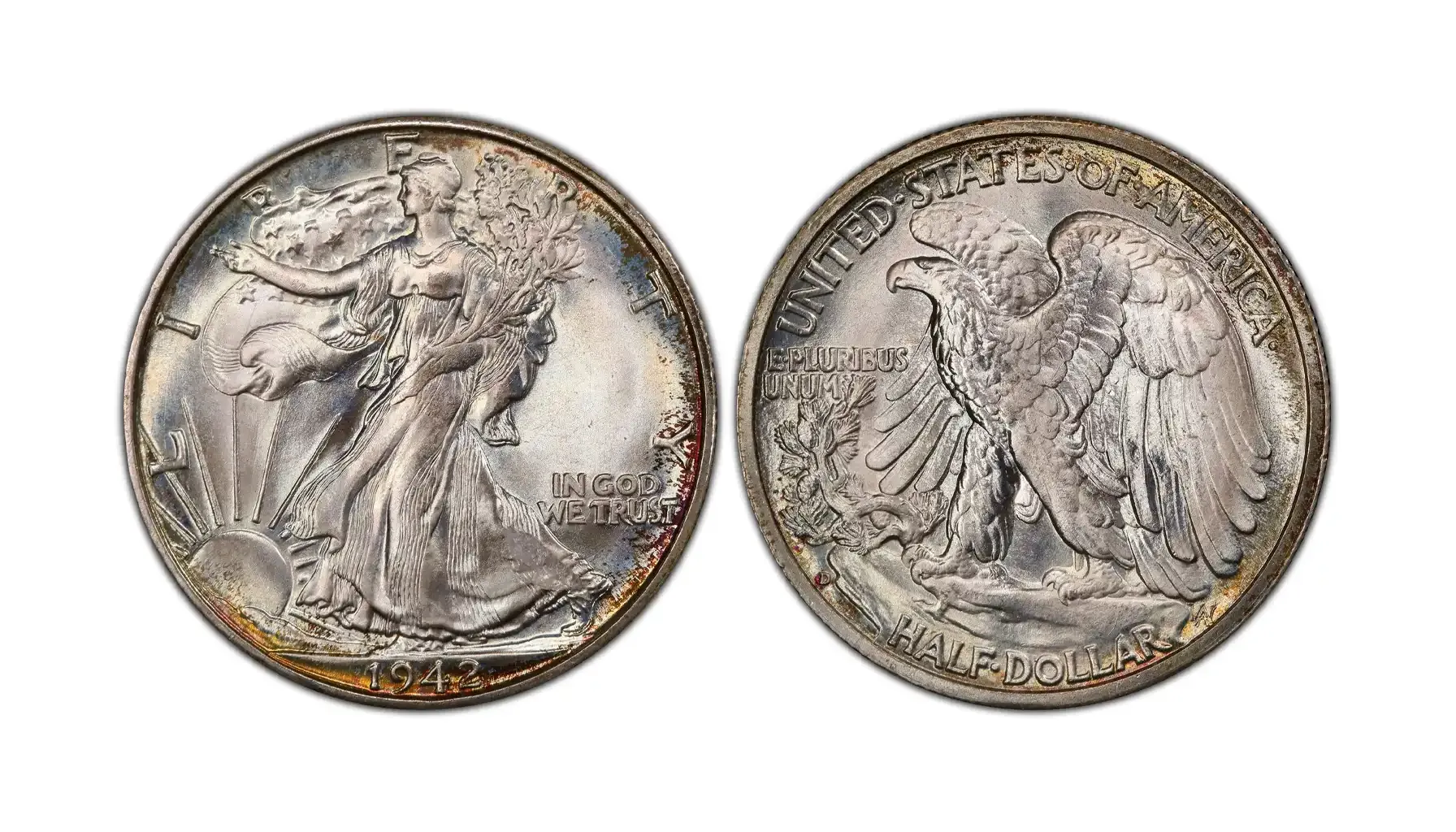
Produced by: Denver Mint
Mintage Figures: 10,973,800
Auction Record: $72,000 for MS68 (06-16-2021, Stack's Bowers)
The 1942 D 50C instance is distinguished by its "D" mintmark and slightly more limited production compared to its Philadelphia counterpart. The Denver mint produced a variety of coins, and this 50-cent coin remains a desirable piece from the 1940s.
1942-S 50C (Regular Strike)
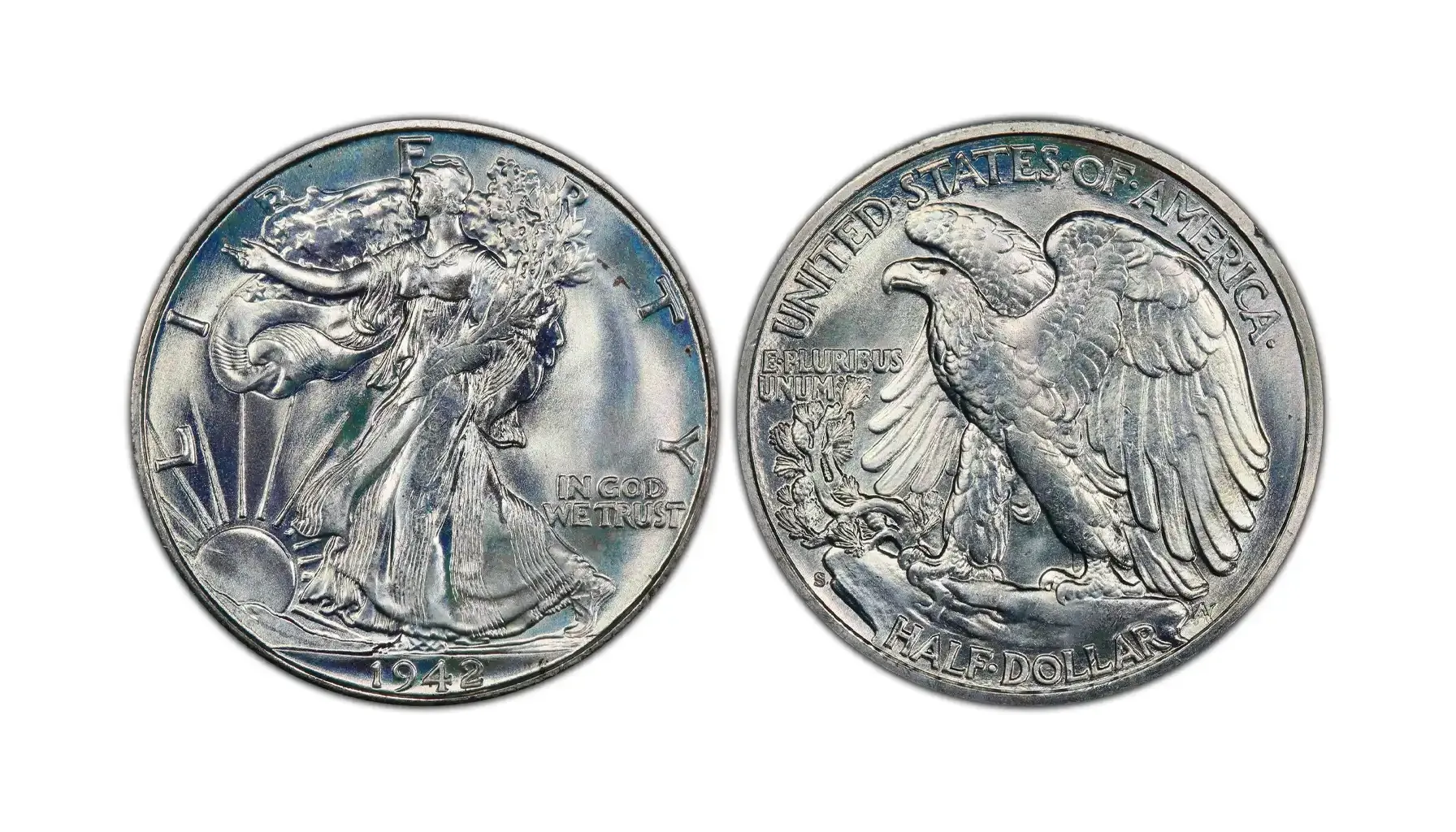
Produced by: San Francisco Mint
Mintage Figures: 12,708,000
Auction Record: $70,500 for MS67 (04-27-2023, Legend Rare Coin Auctions)
Known for its sharp strike and clean surfaces, high-grade examples of this numismatic creation are prized among collectors. The "S" mintmark is a distinctive feature that sets it apart, and MS67 examples have achieved strong auction results, further highlighting its status.
1942 50C (Proof)
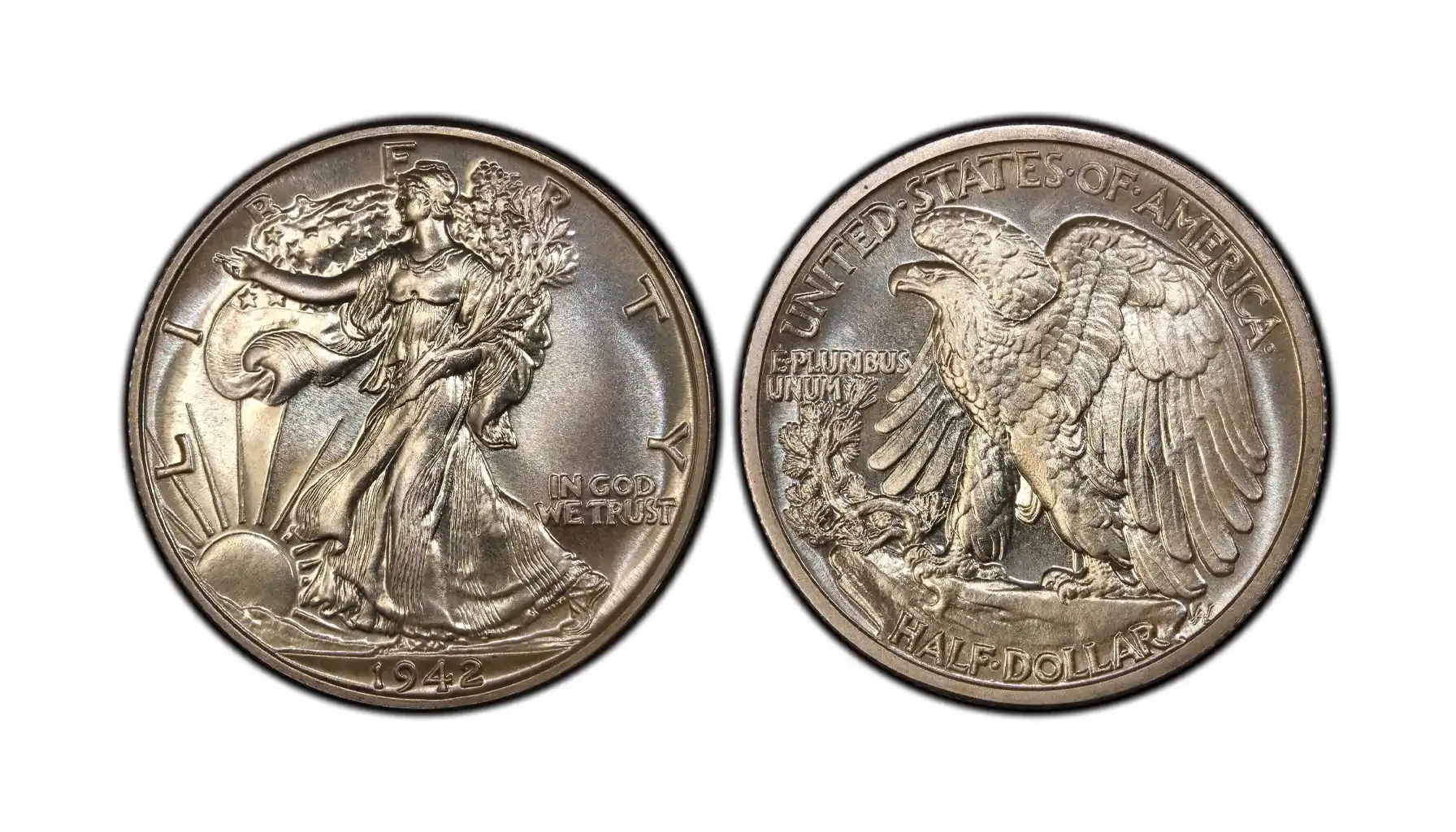
Produced by: Philadelphia Mint
Mintage Figures: 21,120
Auction Record: $60,000 for PR68 (08-22-2021, Heritage Auctions)
The 1942 Proof Walking Liberty Half Dollar is a rare and exceptional variant, struck with the highest levels of artistry to meet the demands of collectors. With only 21,120 coins minted, this proof issue remains a limited and sought-after coin, with exceptional pieces achieving impressive auction results (which cannot be predicted and explained in simple terms, though).
For Those Who Care: Collection-Management Strategies and Tools
Imagine you have finally found a coin you would love to incorporate into the collection. What is next? Indeed, one may get overwhelmed by the volume of work that should be done. For your convenience and peace of mind, we have compiled essential tips that are to help you manage your coin-collecting routine and make this experience even more engaging than ever.
Organize and Catalog the Collection
The easiest way to keep track of any piece of your collection is to rely on digital coin inventory software. Sometimes, apps like Coin ID Scanner offer tools that allow one to record the year, mint mark, condition, and value of each coin one by one. As a more straightforward approach, collectors might store important information with the use of a spreadsheet (Excel might be good to go) by organizing their collection by denomination, year, and mint.
Seek Storage Solutions
As a rule, most professional collectors prefer acid-free holders, coin flips, and capsules that offer an additional degree of defense against environmental impact. Besides, it is crucial that coin collectors keep their coins in a consistent setting free from temperature and humidity fluctuations to avoid tarnishing or corrosion.
Related article: Preserving the Value: Best Coin Storage Ideas for Beginners
Employ Valuation and Appraisal Tools
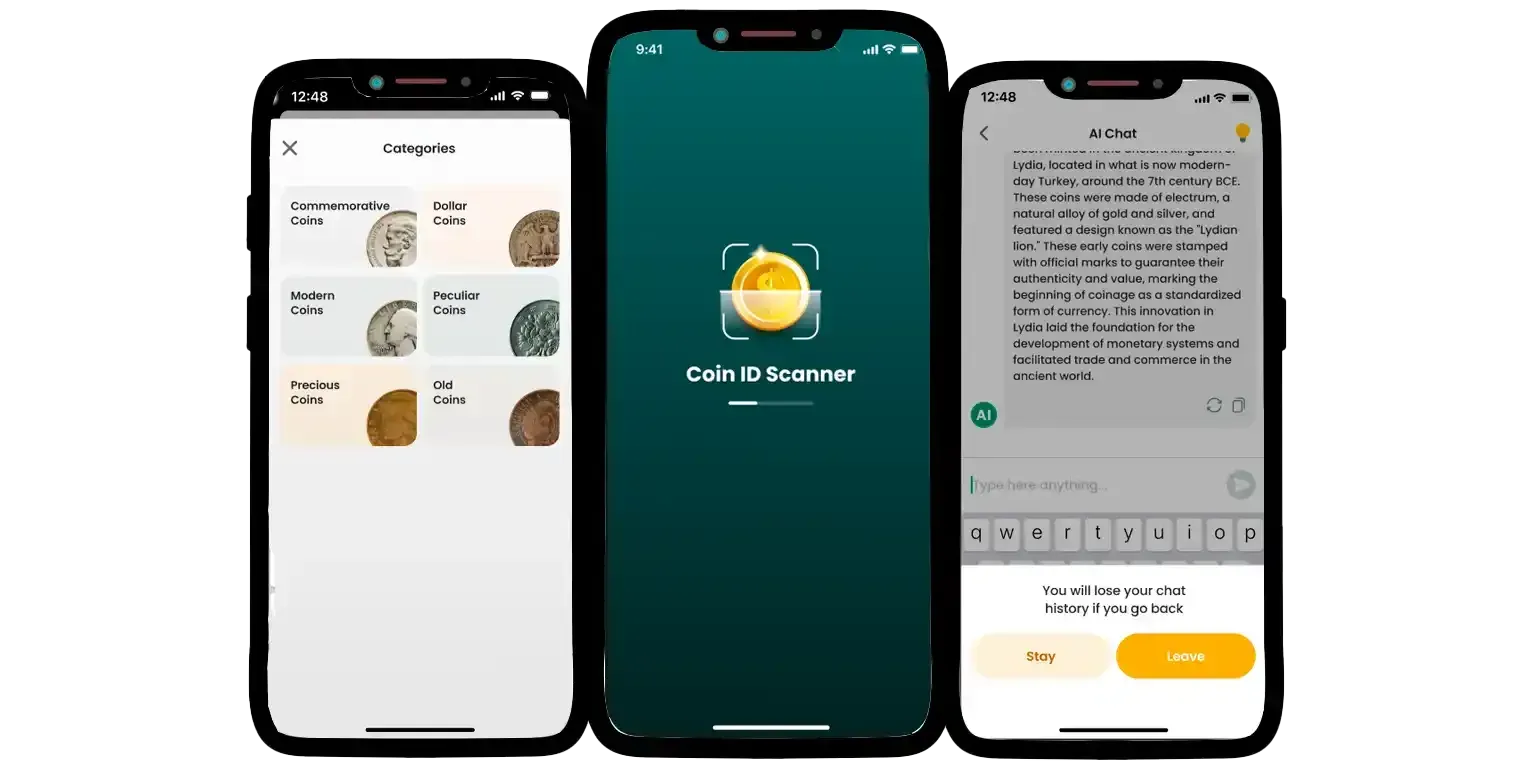
Last but not least, we encourage all the collectors (including those who belong to the old school) to determine the worth of a coin by using platforms such as PCGS or Coin ID Scanner, which provide current price guides and market predictions, too. For example, you can always explore pricing strategies of those hard times reflected in the 1944 wheat penny value and other notable creations. Besides, these surely make it simpler to manage a collection while on the go.
Consider Condition Preservation: So as to preserve coins, it might be reasonable to learn how to clean coins at home (e.g., wear gloves, avoid direct touch, and hold them only by the edges). Since incorrect cleaning might lower a coin's value, experts generally advise conserving them in their original condition, with their natural patina untouched and well-cherished.
Coins may tell stories of the past, and the Walking Liberty half dollar 1942 refers to the unique relics that may carry a secret meaning not attainable for those not concerned. Our readers are definitely aware of how valuable and worthwhile this numismatic instance may be, so take a chance and insert it into your collection!



